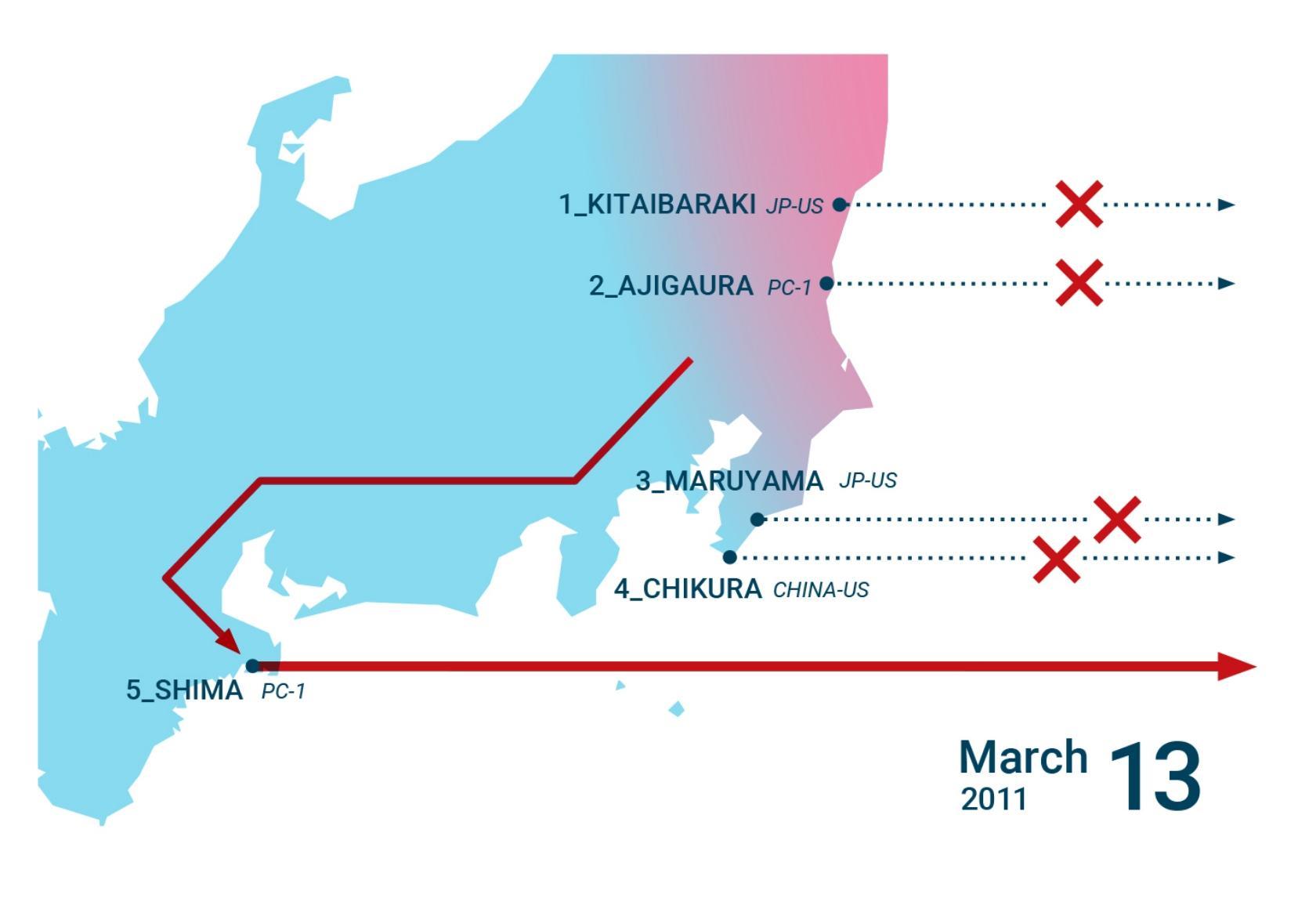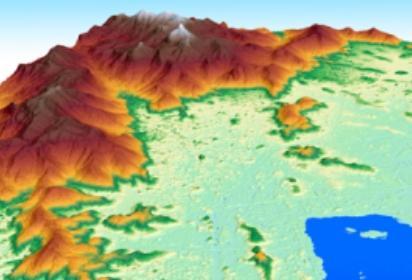Yoshio Sato
Director Network Services
NTT Ltd Japan
“Connections between people are something that should never be severed. We can’t let people down. People should always be able to rely on us to stay connected, no matter what happens. This was a feeling we all strongly shared when we started the restoration work.”
On March 11th, 2011, the Great East Japan Earthquake struck the Japanese archipelago.
The internet became a vital information network that supported people during the disaster.
“After the earthquake, the internet was still running in most of the
affected areas.
But the submarine cables connecting Japan and North America were severed
one after another over the course of the immediate 24 hours. We always
work to be prepared to deal with disasters, but this was a completely
unexpected turn of events. We needed to act quick, or the internet would
go down, recovering the affected areas . The situation was very critical.”

“We set up a restoration team as soon as the earthquake struck, but no one
had any experience dealing with such a bleak situation. It was only a
matter of time before all cables connecting Japan to North America would
go down.
Every person in the group worked together and approached the task from
different angles to see if we could somehow find an overland bypass to get
the line back up and running”
Traffic from the affected areas was rerouted to western Japan to utilize the cables connected to North America.
At the same time, transmission facilities were greatly reinforced. The team worked night and day, completing a week-long job in just 48 hours.
“It wasn’t something that any single person could have done on their own. We ultimately finished the job in 48 hours, but even to this day, I wish we could have finished even faster. We already had the ability to work as a single unit. In addition to available connections, capacity, and ability to utilize them swiftly, one of the big factor of “why we could do what we did” was due to each person’s tireless work on their respective tasks.”
“When I was still a student, I thought the internet and social media were
transmitted via satellites, so I was surprised when I found out that it
was actually submarine cables. Now I realize that the internet is a
physical connection between countries.
I also feel proud to have a job that involves connecting thousands of
people in their everyday lives.”
Following this experience, such as the Great East Japan Earthquake, NTT is planning and constructing the system which can minimize or avoid such crucial situation.
“Despite this hard situation, no one gave up to recover the situation. We all came together to create a strong team. That’s why I think we were able to come out of that crisis. It’s a tough job, but I really believe that this crucial situation brought us strong unity among the people involved in the traffic restoration, namely, connection of network means connection of people.”

Director Network Services
NTT Ltd Japan

Senior Manager Network Services
NTT Ltd Japan

Learn More

Learn More